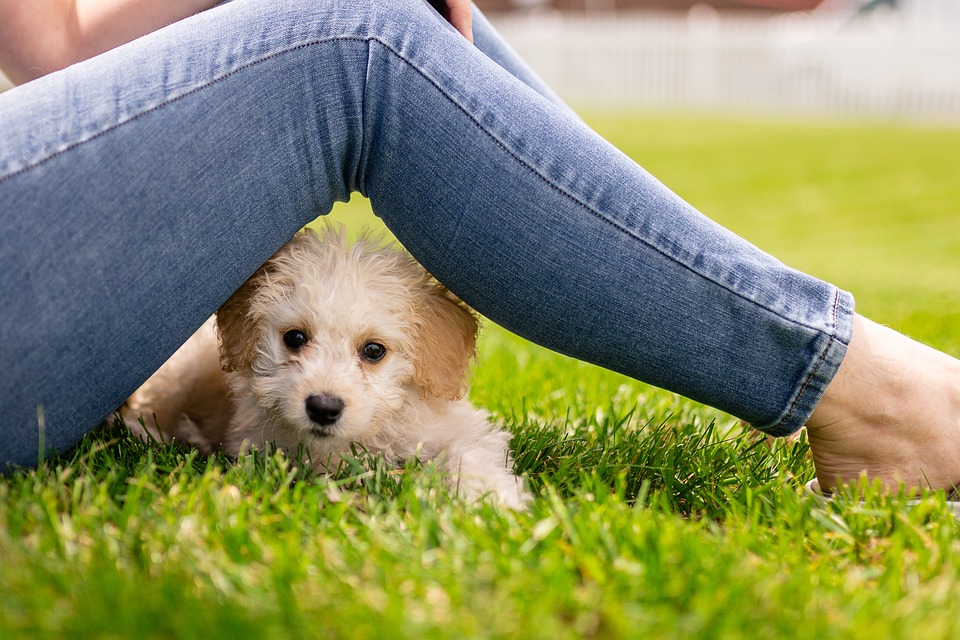Living in a city or having limited outdoor space can present challenges for dog owners, especially when it comes to providing regular exercise and mental stimulation for their indoor dogs. However, with a bit of creativity and some simple strategies, you can ensure that your furry companion stays happy and healthy. In this article, we will explore various ways to keep your indoor dog active and engaged, as well as answer some commonly asked questions about indoor dog care.
Regular exercise and mental stimulation are just as important for indoor dogs as they are for their outdoor counterparts. Indoor dogs have natural instincts and energy levels that need to be fulfilled. By providing appropriate exercise and mental stimulation, you can prevent behavioral issues, promote physical well-being, and enhance your dog’s overall quality of life.
Creating a structured exercise routine is essential for indoor dogs. Aim for at least 30 minutes to an hour of physical activity every day, depending on your dog’s age, breed, and health condition. There are several indoor games you can play with your dog to provide both mental stimulation and physical exercise. Interactive games like hide-and-seek, fetch, or tug-of-war using dog-friendly toys can keep your dog entertained and active. You can also set up a mini agility course using household items like chairs, tunnels, and low hurdles to guide your dog through the course, encouraging them to jump, crawl, and maneuver around obstacles. If you have a staircase, you can utilize it for a mini cardio session by encouraging your dog to go up and down the stairs safely and without excessive strain.
In addition to physical exercise, mental stimulation is crucial for indoor dogs. Puzzle toys and treat dispensers are excellent tools to engage your dog’s mind while providing a rewarding experience. These toys usually require the dog to solve a puzzle or manipulate the toy to access treats or food, keeping them entertained for hours and mentally challenged.
If your schedule allows, consider taking your indoor dog to indoor dog parks or doggy daycares. These facilities provide safe and controlled environments for dogs to socialize, play, and release energy. Interacting with other dogs can enhance your dog’s social skills and overall well-being.
While your dog may spend most of their time indoors, it’s still important to schedule regular outdoor outings to provide a change of scenery and sensory stimulation. Take your dog for walks in the neighborhood, visit dog-friendly parks, or explore hiking trails on weekends. These outings will allow your dog to experience new sights, smells, and sounds, stimulating their senses and preventing boredom.
Here are some frequently asked questions about providing exercise and mental stimulation for indoor dogs:
Q: How much exercise does my indoor dog need?
A: The exercise needs of indoor dogs vary based on factors such as age, breed, and overall health. However, most dogs require at least 30 minutes to an hour of exercise every day. High-energy breeds may need more vigorous exercise or additional mental stimulation.
Q: Can indoor dogs get enough exercise without going outside?
A: While it’s beneficial for dogs to get fresh air and experience the outdoors, indoor dogs can still receive adequate exercise through structured indoor activities, puzzle toys, and regular outings. It’s essential to find a balance that suits your dog’s needs and lifestyle.
Q: How do I prevent my indoor dog from becoming bored?
A: Keeping your indoor dog mentally engaged is crucial to prevent boredom and destructive behavior. Provide puzzle toys, rotate toys regularly, engage in interactive games, and consider enrolling them in training classes or doggy daycare for socialization.
Q: How can I make indoor exercise more challenging for my dog?
A: To make indoor exercise more challenging, you can increase the difficulty of interactive games, introduce new obstacles in the agility course, or teach your dog new tricks and commands. Gradually increase the level of difficulty to keep your dog mentally stimulated and engaged.
Remember, every dog is unique, so it’s important to tailor their exercise and mental stimulation routines to their individual needs. By providing regular exercise, mental engagement, and love, you can ensure that your indoor dog lives a fulfilling and happy life.









